Today’s Green and Pleasant Park House Front Gardens
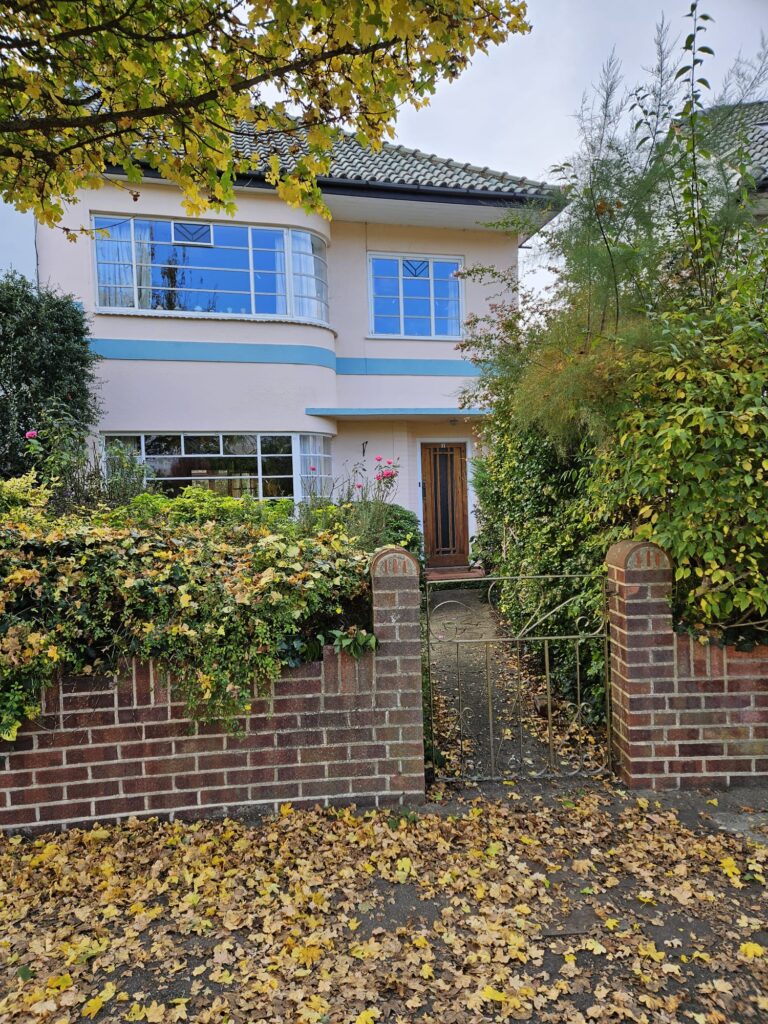
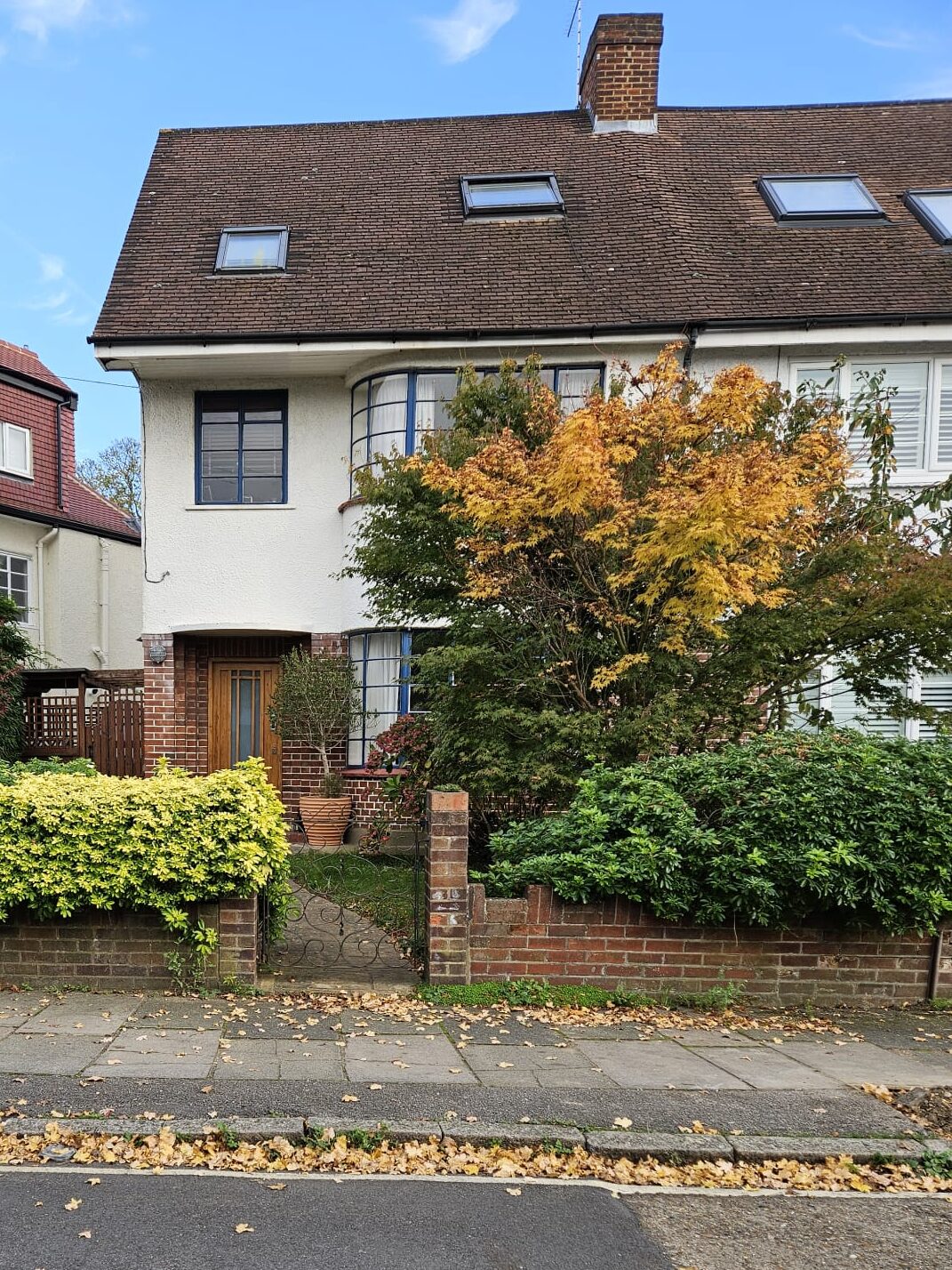
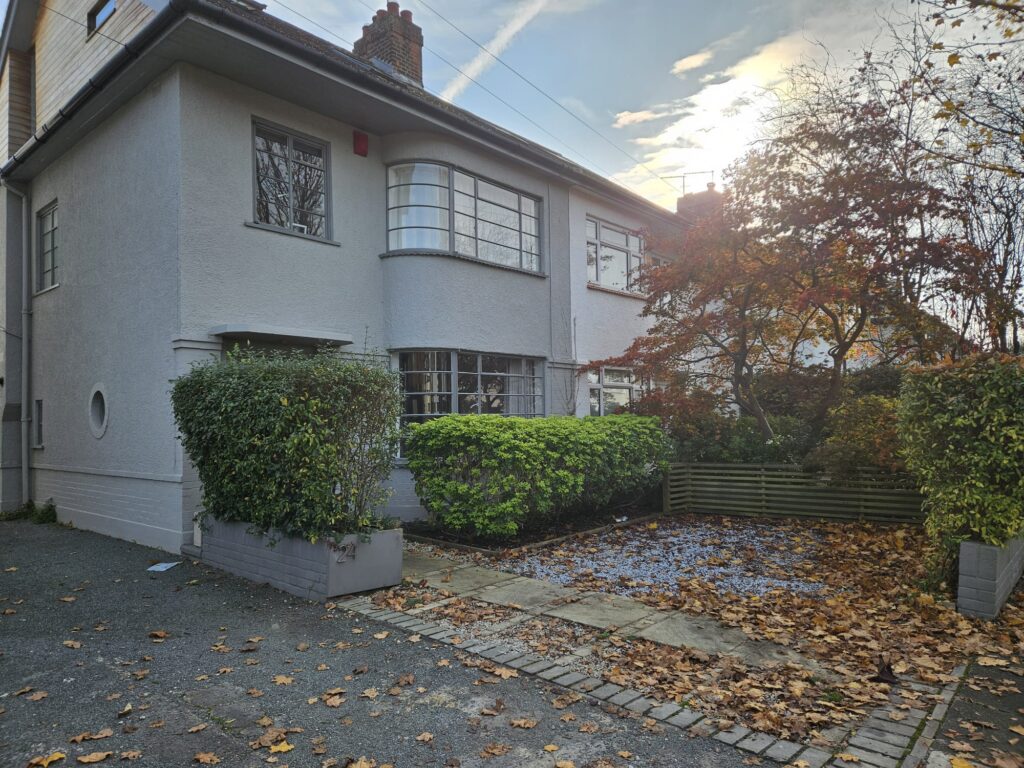
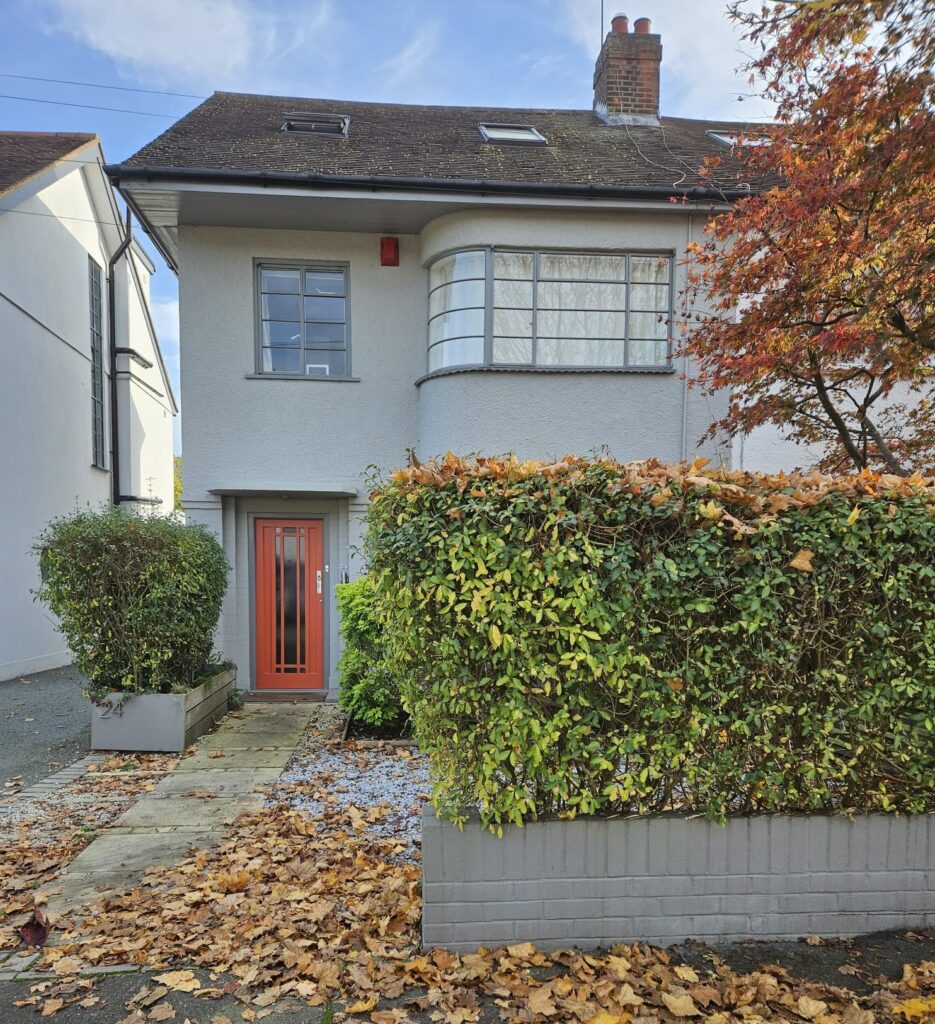
Why are front gardens important . . .
A short video on front gardens
This is a useful intro to the front garden question, though it emphasises getting rid of cars from front gardens a bit too much to be useful for Park House Gardens, but the end portion helpful re what to do for those who have to have their cars in their front garden.
front gardens are important because . . .
– Water
“Fifty years ago, London was like a sponge, soaking up rainwater. Now that so much of London has been paved over, the drains and sewers can’t cope. The paving over of front gardens has been a major contributor to this problem and
climate change is making things worse with more frequent high rainfall events. But even in low rainfall events, London’s sewers are no longer coping.”
CPRE Feb 2024
“New survey published today by Arup has found that the urban centre of London is the least “sponge-like”, or naturally able to absorb rainwater, of seven major global cities. London emerges with a “sponge” rating of just 22% – far behind Auckland, which ranks top with 35%.”
Global Sponge Cities Snapshot, Arup 2022
It is Estimated 46% of London gardens now paved over, largely due to car ownership•From 1991 to 2011, there was a 22% increase in the impermeable surfaces in front gardens. A study by Heriot-Watt University looked at the impact of domestic front gardens on urban flooding and highlights the differences in runoff between paved and unpaved gardens. It was found that front gardens without impermeable paving produced no runoff during significant storm events. However, even a small addition of impermeable surface resulted in runoff. •National Infrastructure Commission notes that paving over front gardens has added up to 65,000 properties to high-risk flood areas. Currently, 325,000 English properties are already at high risk from surface water flooding.
– Wellbeing
- Nicer places to live – streets with green front gardens are more attractive places to live in, visit, walk along
- Friendlier – we talk to our neighbours more if we have front gardens. A Copenhagen study showed that there is 12 times as much neighbourly activity in streets with front gardens vs. streets without and 35% more people use outdoor areas with front gardens than those without.
- Happier – being surrounded by greenery makes us happier. (10% lower rates of depression living in green areas)
- More communal – A study of streets (in Australia) found that 69% of neighbourly interactions take place in or adjacent to modest front gardens
– Wildlife and Nature
- Front gardens account for ~ 25% of total garden space in London
- 2011 study – 2.5 x Hyde Parks per annum being lost (3,000 hectare loss of garden greenery) a year,
- 2015 RHS UK study – 5 million or 33% of front gardens have no plants growing in them,
- From 2005 to 2015 plant cover in front gardens decreased by 15%.
- 25% of front gardens are completely paved over
What can we do to enhance our Park House front gardens?
Four Golden Rules . . .
- Hardstanding
- Try and keep hardstanding to a minimum
- You only need hardstanding for the area where the wheels will pass over and be parked (not the entire surface area under the car)
- Water absorption, or “sponginess” of your front garden
- Think about how surface water run-off and rainfall will have the best chance of being easily and quickly absorbed into the earth.
- Where you do place hard standing, choose the most permeable and biodiverse friendly surfaces (matrix paving or grasscrete) (and beware that many permeable options offered are not in fact permeable in the long run)
- Biodiversity
- Aim to retain as much biodiversity as possible in the remaining soft landscaping of your garden and you can always choose plants which require minimum care and attention.
- Green boundaries
- Where you cannot keep existing fences or walls, try to use hedges where possible to create borders between houses or fronting the street and to keep a friendly sense of “enclosure” in the front garden – if you can drive in using the shared driveway as the entry point maybe you can keep or reinstate the original front wall.
some examples of Good design:
1. Minimise Hardstanding, 2. Maximise Sponginess 3. Maximise Biodiversity






4. greener boundaries



Good design:


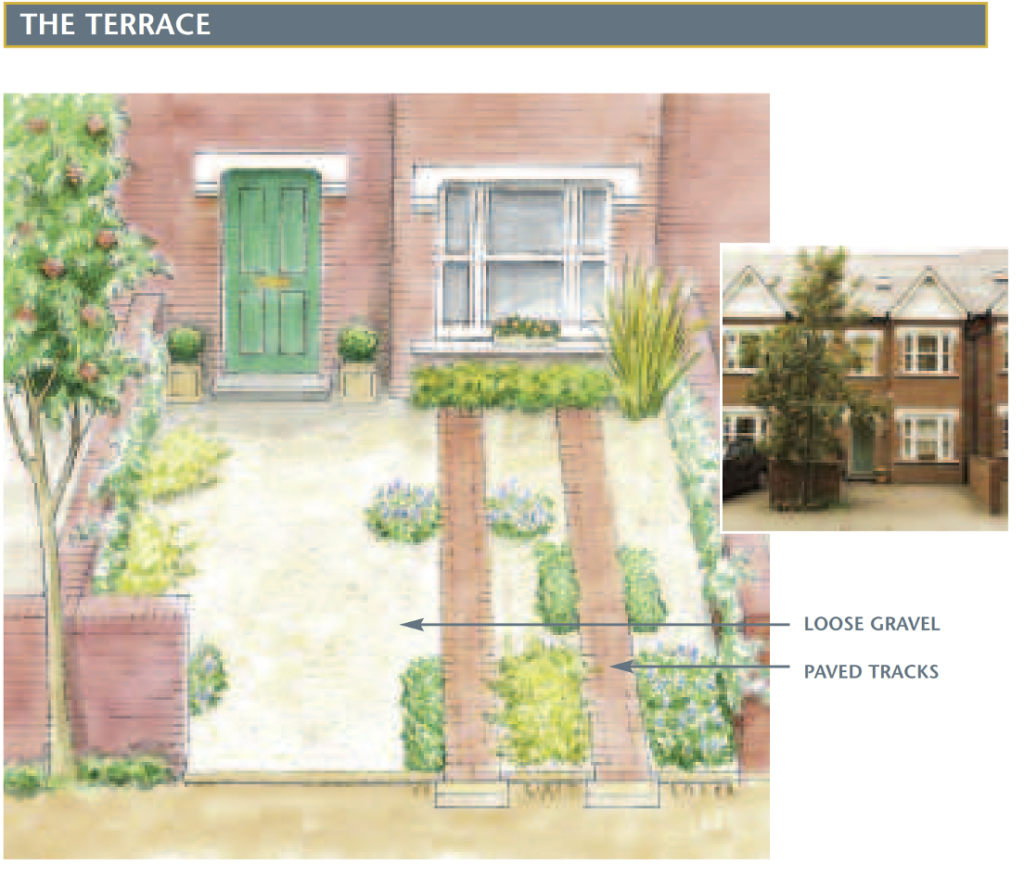
Find out more
Media and resources on front gardens
- Media on the issue of front gardens
- 2minute video from UrbanNous explaining the issues surrounding the paving over of front gardens, 2018
- Article on the London Climate Resilience Review, July 2024
- Guardian “long read” on the climate and biodiversity crisis and the role gardens can play, with responses, May 2024
- CPRE’s response to Richmond’s new policy on paving front gardens and explanation of key issues, Nov. 2023
- Twickenham nub news article on changes to Richmond’s application criteria for paving over front gardens, Jan. 2024
- Resources – help with the design
- National Park City Front Gardens website. Most exhaustive single source for up-to-date information, stats and design resources. (Run by Christine Eborall, Ealing Front Gardens Project)
- RHS Gardening Matters (Urban Series) on Front Gardens. Guide to issues and to designing front gardens withparking
- RHS Greening Grey Britain Front Garden Guide. Design guide for front gardens including a list of low-maintenance plants and ways to accommodate both parking and plants
- Planning portal: paving your front garden, with explanation of current requirements (currently significantly too lax in our opinion)
- LBRUT requirements for application for dropped kerb to build a hard standing i.e. pave over front garden (currently significantly too lax in our opinion)